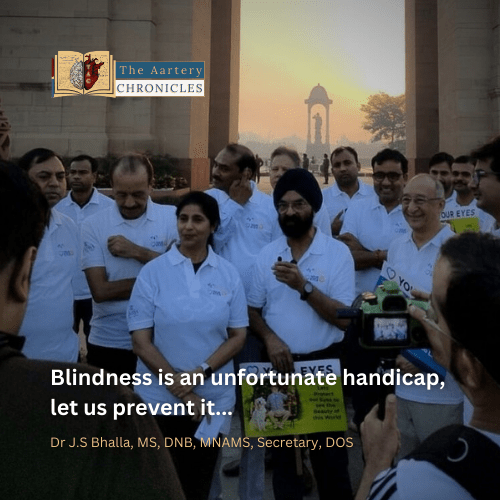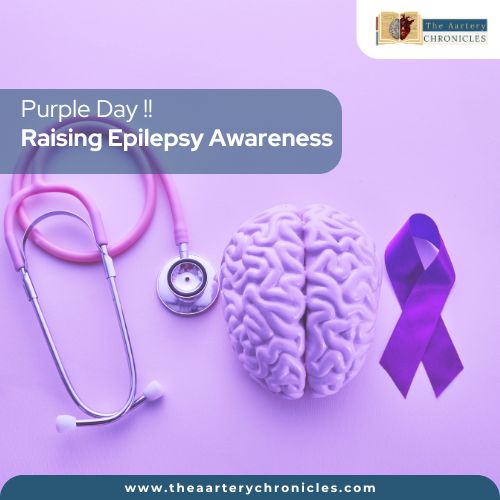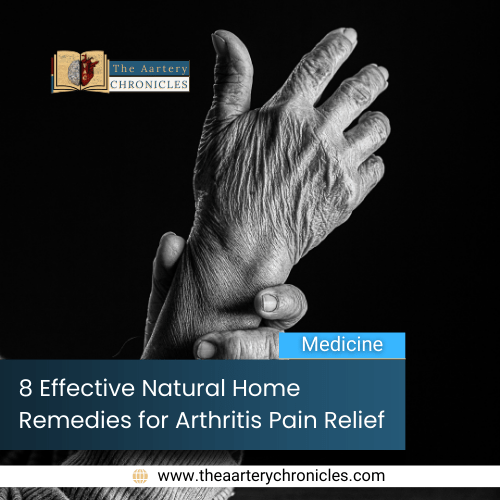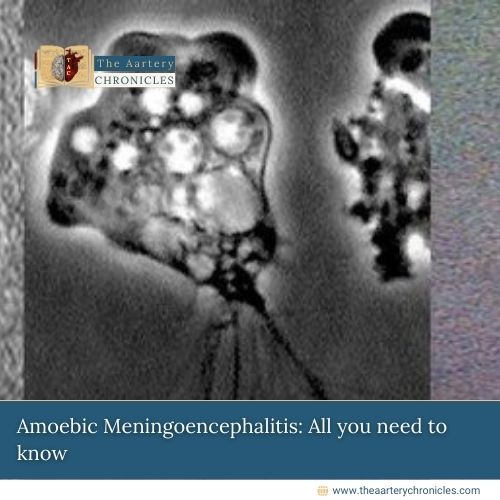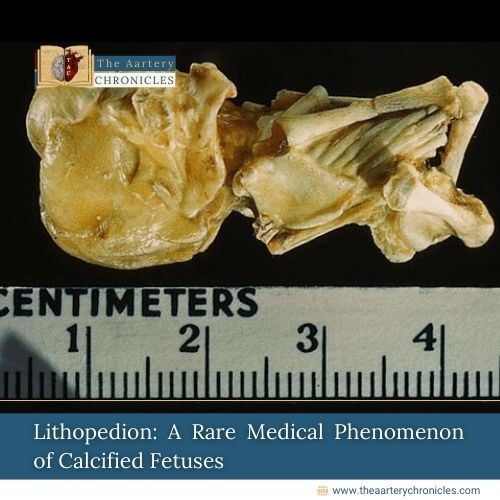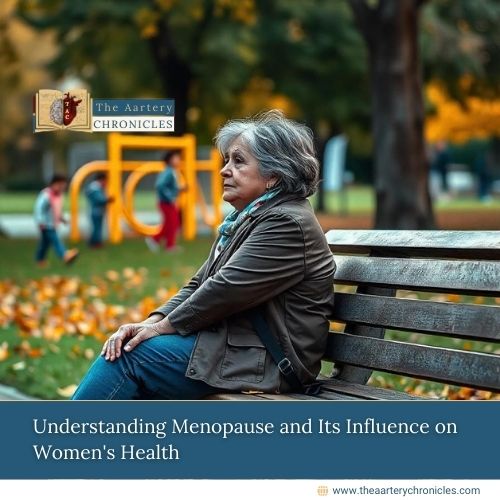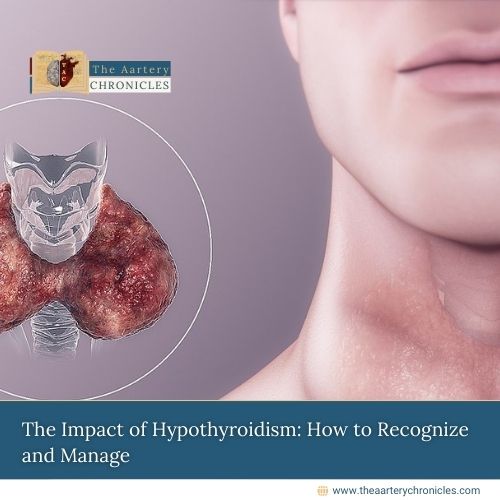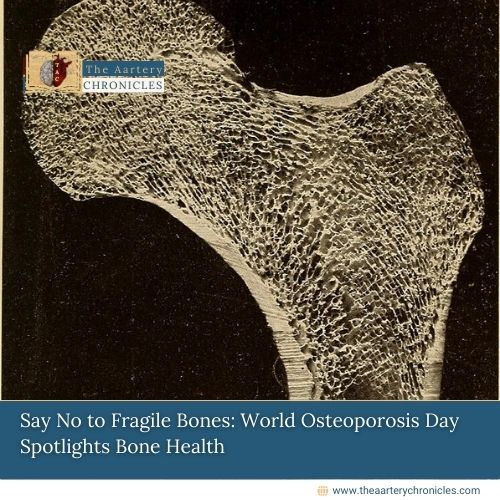

Say No to Fragile Bones: World Osteoporosis Day Spotlights Bone Health
Love your bones; protect your future!
Introduction
World Osteoporosis Day is marked every year on October 20th with the goal of shedding spotlight on and raising global awareness about the silent disease, osteoporosis. This condition affects millions of people worldwide, leading to fragile bones and an increased risk of fractures. Understanding osteoporosis and the importance of bone health is critical, especially as we age. In this article, we will explore what osteoporosis is, who is at risk, and how it can be prevented.
What is Osteoporosis?
Osteoporosis is a silent condition that leads to weak, thin and brittle bones. This occurs when the body either loses too much bone, produces inadequate bone, or experiences both issues simultaneously. Bones are typically dense and strong, designed to support body weight and absorb most types of impacts. As people age, they naturally experience a decline in bone density and a reduced ability for bone remodeling. In osteoporosis, bones become significantly more fragile and weaker than normal, making them more susceptible to fractures.
As bones become less dense, they are more prone to breaking from minor falls or even simple actions like coughing, sneezing, bumping, or any sudden movements. The most common fractures due to osteoporosis occur in the hip, spine, and wrist, and they can significantly impact mobility and quality of life.
Who is at Risk?
Osteoporosis commonly affects individuals over 50, and age is one of the biggest risk factors for osteoporosis. As we get older, our bone density naturally decreases, particularly in postmenopausal women due to a decline in estrogen levels. However, men are also at risk, particularly after reaching the age of 50.
Other risk factors include:
- Family history of osteoporosis or fractures.
- Women assigned female at birth (AFAB) are more susceptible to osteoporosis than men.
- Low calcium and vitamin D intake.
- Smoking and excessive use of tobacco products and alcohol.
- Some medical health conditions, like rheumatoid arthritis, thyroid gland disorders, hormone imbalances, and certain cancers.
Experts estimate that globally, one in three women and one in five men aged 50 and older will experience an osteoporotic fracture.
Theme of World Osteoporosis Day 2024
The theme for World Osteoporosis Day 2024, “Say No to Fragile Bones,” highlights the significance of prioritizing and safeguarding bone health. It aims to raise awareness about the importance of preventing osteoporosis, ensuring early diagnosis, and providing effective treatment. The theme encourages individuals to take proactive measures to strengthen their bones and lower the risk of fractures.
History of World Osteoporosis Day 2024
World Osteoporosis Day was initially launched by the United Kingdom’s National Osteoporosis Society on October 20, 1996. The following year, the International Osteoporosis Foundation (IOF) adopted the event and has since led its global campaign. The IOF has been instrumental in raising awareness about osteoporosis worldwide, organizing activities, campaigns, and educational programs to mark the occasion in various countries.
Significance of World Osteoporosis Day
Osteoporosis creates a significant global human and economic burden, with up to 37 million fragility fractures occurring annually. Despite significant medical advancements in fracture prevention, only a small percentage of men and women receive treatment. In fact, just 20% of patients who suffer from osteoporotic fractures are properly diagnosed or treated for the underlying condition, osteoporosis.
World Osteoporosis Day is more than just a date on the calendar; it is a reminder to prioritize bone health and take preventive measures early. This day holds great importance in its mission to emphasize the serious impact of osteoporosis on individuals and healthcare systems globally. With millions at risk, especially postmenopausal women and older adults, the day promotes screening and lifestyle changes to prevent bone loss. It also seeks to dispel myths about osteoporosis and reduce the stigma surrounding aging and bone fragility. The day is also an opportunity for health professionals to advocate for better screening and treatment programs, ensuring that more people can live a life free of the debilitating effects of osteoporosis.

The importance of early diagnosis
Osteoporosis is commonly referred to as the “silent disease” because it leads to bone loss without any noticeable symptom. Many individuals are unaware that they have the developed the condition until they experience a osteoporotic fracture. Regular bone density tests, especially for those at higher risk, can help with early diagnosis. A DXA scan (dual-energy X-ray absorptiometry) is the most common and reliable test for measuring bone density.
Prevention and Management of Osteoporosis
- Nutrition: Adults should aim for about 1,000-1,200 mg of calcium per day and ensure adequate sun exposure or supplements to meet their vitamin D needs. Dairy products, leafy greens, fortified foods, over-the-counter calcium, and vitamin D supplements are good sources of calcium.
- Exercise: Weight-bearing exercises are crucial in maintaining bone strength. Activities such as walking, yoga, pilates, and strength training help stimulate bone formation and prevent bone loss. Balance exercises, like tai chi, can also reduce the risk of falls.
- Lifestyle Modifications: Quitting smoking and reducing alcohol intake significantly lower the risk of developing osteoporosis. Ensuring a safe home environment can also help prevent falls, which are a leading cause of fractures in older adults.
- Medications: For those diagnosed with osteoporosis, bisphosphonates are commonly prescribed to slow bone loss. Other medications like denosumab, estrogen and testosterone replacement therapies are also effective depending on individual cases.
Conclusion
Osteoporosis may be silent, but its impact can be loud and life-altering. On this World Osteoporosis Day, let’s spread the message of prevention, early detection, and treatment. Bone health is vital for maintaining an active and fulfilling life, and by taking the right steps today, we can build a stronger, healthier tomorrow.
- Say no to fragile bones this World Osteoporosis Day | International Osteoporosis Foundation
- About Osteoporosis | World Osteoporosis Day
- Calcium and calcium supplements: Achieving the right balance - Mayo Clinic
- Osteoporosis: Symptoms, Causes and Treatment (clevelandclinic.org)
- Osteoporosis: Diagnosis, Treatment, and Steps to Take (nih.gov)


